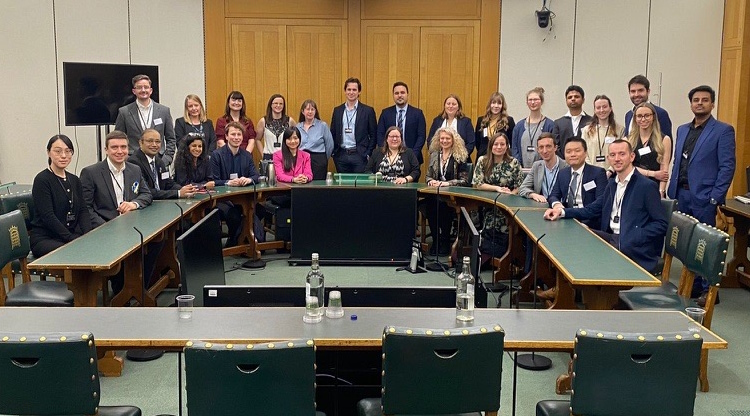This scheme gives policymakers and research scientists an opportunity to experience each other’s worlds.
Each year 30 research scientists are paired with UK parliamentarians and civil servants. They learn about each other’s work by spending time together in Westminster and the researcher’s institutions.
Those taking part gain an insight into how research findings can help inform policy making, and come away with a better understanding of how they can get involved.
How does the scheme work?
Next year’s Pairing Scheme will be held in person, with the ‘Week in Westminster’ taking place from 17– 20 March 2025. The ‘Week in Westminster’ will see the paired scientists hearing from invited speakers, taking part in events and workshops, as well as spending time ‘shadowing’ their pair. The MP, peer or civil servant will then be invited to a reciprocal visit at the scientist’s home institution to learn more about their work in person.
The scheme is supported by the Government Science & Engineering (GSE) Profession, which is managed from within The Government Office for Science.
Find out more about our 2024 cohort:
- My Week in Westminster at the Royal Society Pairing Scheme 2024, by Dr Georgina Starling
- Building bridges between science and policy through the Royal Society ‘pairing scheme’, by Plymouth Marine Laboratory
- Essex physics expert visits Parliament for Royal Society Pairing Scheme, by University of Essex
- Royal Society Pairing Scheme 2024, by Government Science and Engineering Profession

